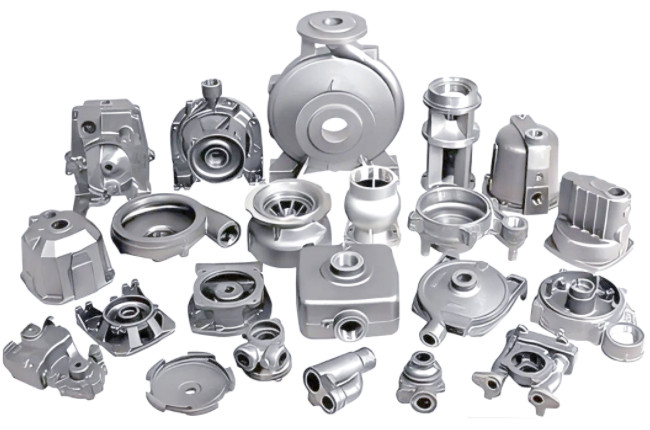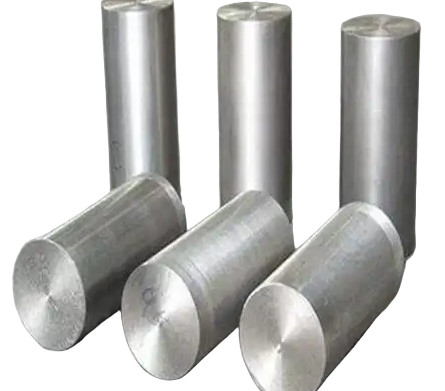AISI 4140 is a low-alloy steel that contains chromium, molybdenum, and manganese, offering a balance of strength, toughness, and wear resistance. Known as 42CrMo in the Chinese standard, this material is widely used in industries requiring robust mechanical properties. Its versatility makes it suitable for applications ranging from automotive components to oil and gas equipment. This article provides a comprehensive overview of AISI 4140, including its chemical composition, physical and mechanical properties, processing methods, and applications.
Chemical Composition of AISI 4140
The chemical composition of AISI 4140 is critical to its performance. The alloying elements contribute to its strength, hardenability, and corrosion resistance. Below is a detailed breakdown of its composition:
| Element | Content (%) | Function |
|---|---|---|
| Carbon (C) | 0.38–0.43 | Enhances strength, hardness, and wear resistance |
| Manganese (Mn) | 0.75–1.00 | Increases strength, toughness, and hardenability |
| Silicon (Si) | 0.15–0.30 | Acts as a deoxidizer and improves strength |
| Chromium (Cr) | 0.80–1.10 | Improves hardenability, strength, and corrosion resistance |
| Molybdenum (Mo) | 0.15–0.25 | Refines grain structure and enhances heat resistance |
| Sulfur (S) | ≤0.040 | Impurity; high levels reduce toughness |
| Phosphorus (P) | ≤0.035 | Impurity; high levels impair weldability |
| Iron (Fe) | Balance | Base element of the alloy |
Physical Properties
The physical properties of AISI 4140 define its behavior under various environmental conditions. These properties are essential for engineers selecting materials for specific applications:
- Density: 7.85 g/cm³, typical for low-alloy steels, ensuring a balance between weight and strength.
- Melting Point: 1416°C, allowing the material to withstand high-temperature processing.
- Thermal Expansion Coefficient: 12.2 µm/m°C (0–100°C), indicating moderate expansion under temperature changes.
- Thermal Conductivity: 42.6 W/mK at 100°C, facilitating heat dissipation in components.
Mechanical Properties
AISI 4140 exhibits excellent mechanical properties, which can be enhanced through heat treatment. The following values represent typical properties in various conditions:
| Property | Annealed Condition | Quenched and Tempered (Oil, 550–700°C) |
|---|---|---|
| Tensile Strength (MPa) | ≥655 | ≥1080 |
| Yield Strength (MPa) | ≥415 | ≥930 |
| Elongation (δ5, %) | ≥12 | ≥12 |
| Reduction in Area (ψ, %) | ≥45 | ≥45 |
| Impact Toughness (αkv, J/cm²) | ≥78 | ≥78 |
| Hardness (HB or HRC) | ≤217 HB | 32–52 HRC |
The mechanical properties make AISI 4140 suitable for applications requiring high strength and toughness. Heat treatment significantly enhances its performance, allowing it to meet specific engineering requirements.
Heat Treatment Processes
Heat treatment is critical for optimizing the properties of AISI 4140. The following processes are commonly used:
Forging
Forging involves heating AISI 4140 to 1150–1200°C after careful preheating. The temperature must not drop below 850°C during forging to prevent defects. This process shapes the steel while improving its internal structure.
Annealing
Annealing is performed by heating the steel to 800–850°C, holding it to ensure uniform temperature, and then cooling it slowly in a furnace to 480°C before air cooling. This process reduces internal stresses and improves machinability.
Quenching
Quenching involves heating the annealed steel to 840–875°C, holding it for an appropriate time, and then cooling it rapidly in oil. This process increases hardness and strength but may introduce residual stresses.
Tempering
Tempering follows quenching and is conducted at 550–700°C, with a holding time of 2 hours per 25 mm of thickness, followed by air cooling. This process reduces brittleness while maintaining high strength and hardness.
Machining AISI 4140
AISI 4140 offers good machinability in the annealed condition. However, as hardness increases after heat treatment, machining becomes more challenging. Key considerations include:
- Tool Selection: Use carbide tools to handle the material’s hardness, especially in quenched and tempered conditions.
- Cutting Parameters: Moderate cutting speeds and feed rates are recommended to prevent tool wear. Typical cutting speeds range from 15–30 m/min for high-speed steel tools and 60–120 m/min for carbide tools.
- Coolant Use: Adequate cutting fluid is essential to reduce heat and improve surface finish.
Proper machining practices ensure precision and extend tool life when working with AISI 4140.
Applications of AISI 4140
AISI 4140’s combination of strength, toughness, and wear resistance makes it a preferred material in various industries:
Mechanical Manufacturing
AISI 4140 is widely used for components such as gears, shafts, connecting rods, and molds. Examples include large gears for locomotive traction, transmission gears for superchargers, and molds for bending machines. These components benefit from the steel’s ability to withstand high loads and stresses.
Petroleum and Chemical Industry
In the oil and gas sector, AISI 4140 is used for drill pipe joints and fishing tools in wells up to 2000 meters deep. Its corrosion resistance and strength ensure reliable performance in harsh environments.
Automotive Industry
The automotive sector employs AISI 4140 for chassis components, drive shafts, and half-shafts. These parts require high strength and durability to enhance vehicle safety and performance.
Aerospace Industry
In aerospace, AISI 4140 is used for critical structural components such as landing gear parts and wing spars. Its high fatigue strength and reliability are essential for safety-critical applications.
Limitations and Considerations
While AISI 4140 is a versatile material, certain limitations should be considered:
- Weldability: Due to its carbon and alloy content, AISI 4140 requires preheating and post-weld heat treatment to prevent cracking.
- Machining Challenges: In its hardened state, the material can be difficult to machine, requiring specialized tools and techniques.
- Cost: The alloying elements and processing requirements make AISI 4140 more expensive than carbon steels.
These considerations should guide material selection and processing decisions to ensure optimal performance.

Conclusion
AISI 4140 alloy steel is a highly versatile material with excellent mechanical properties, making it suitable for demanding applications in mechanical manufacturing, petroleum, automotive, and aerospace industries. Its chemical composition, combined with proper heat treatment and machining, allows it to achieve a balance of strength, toughness, and wear resistance. Understanding its properties and processing requirements is essential for engineers and manufacturers to maximize its potential in various applications.
